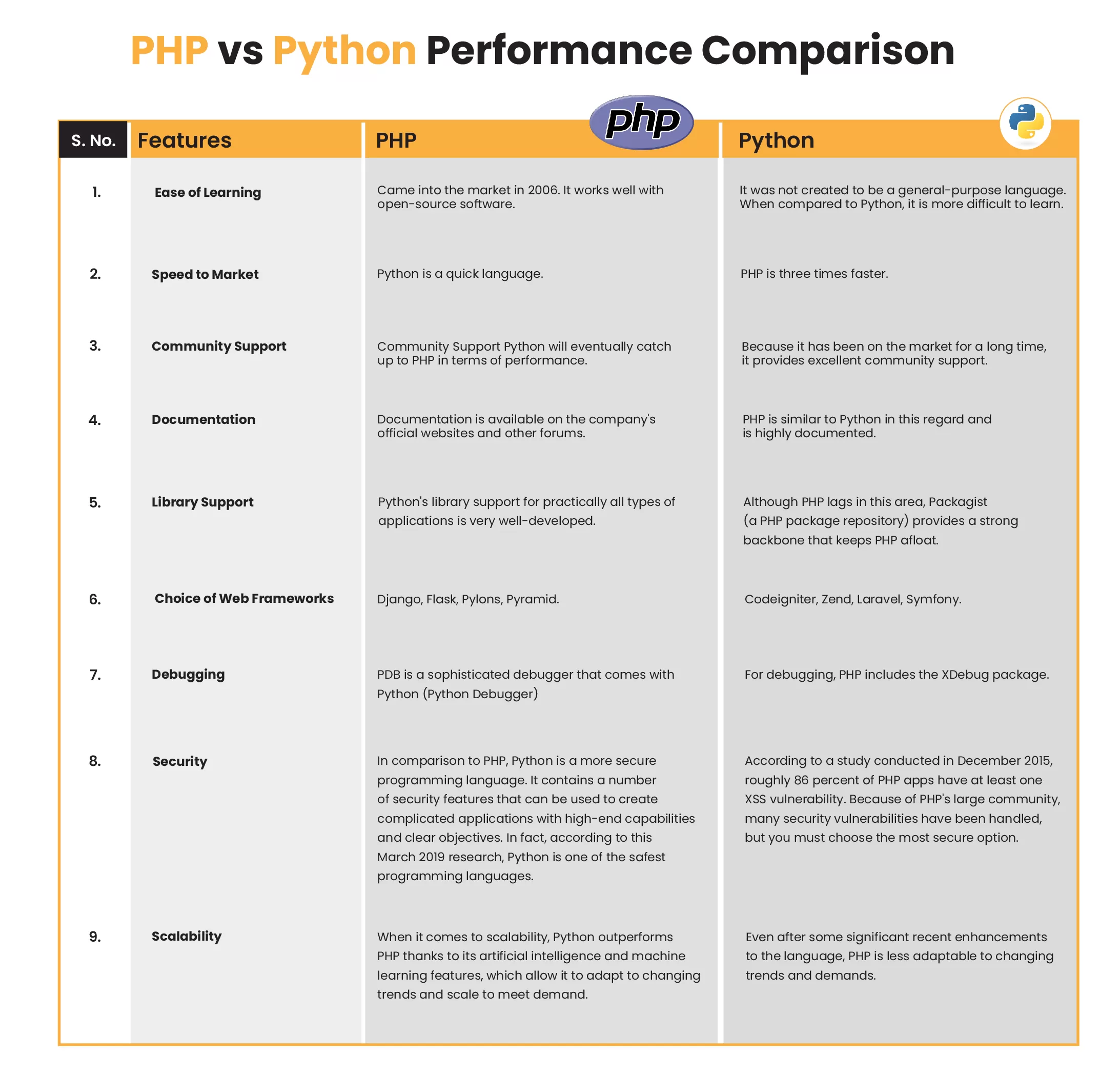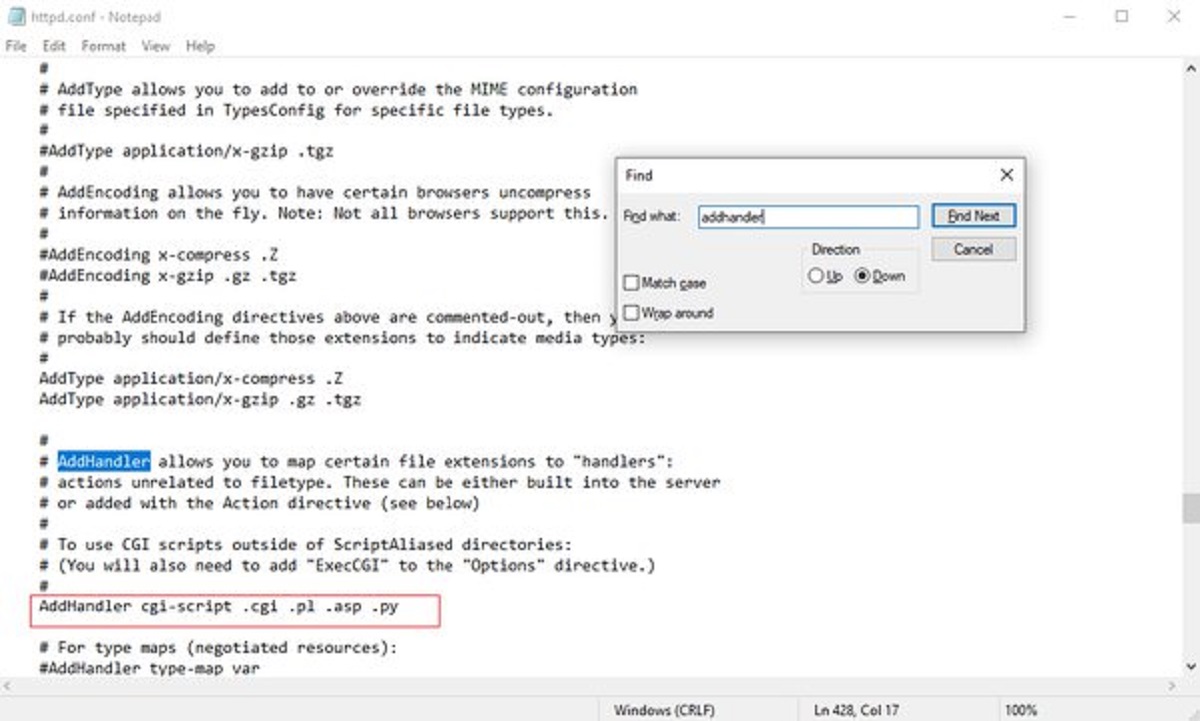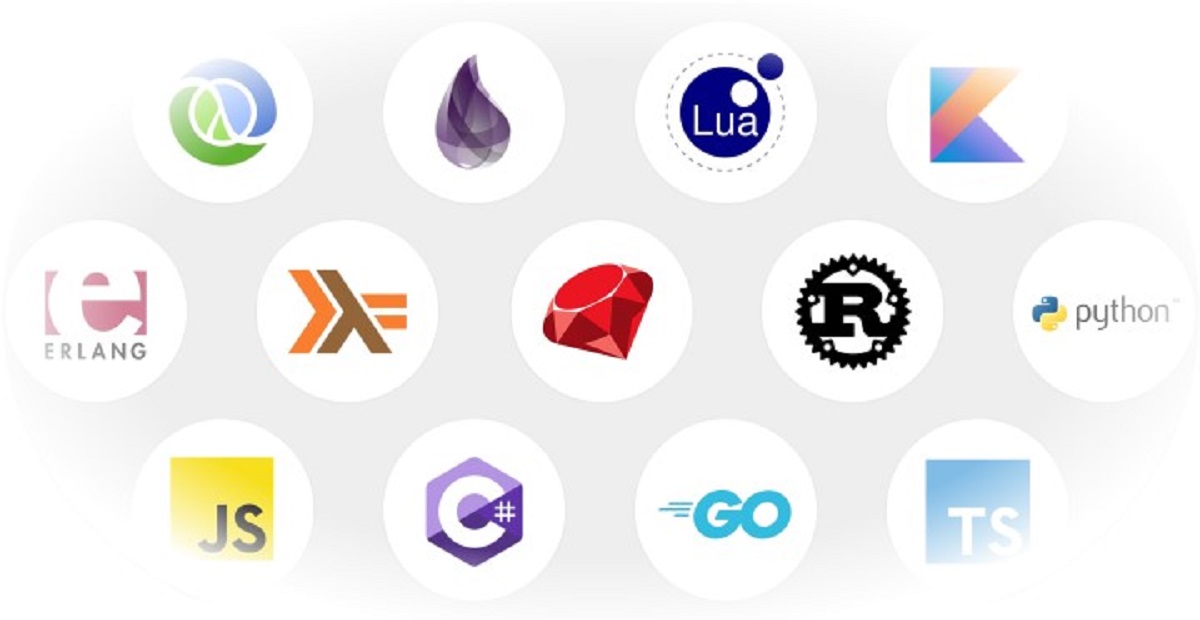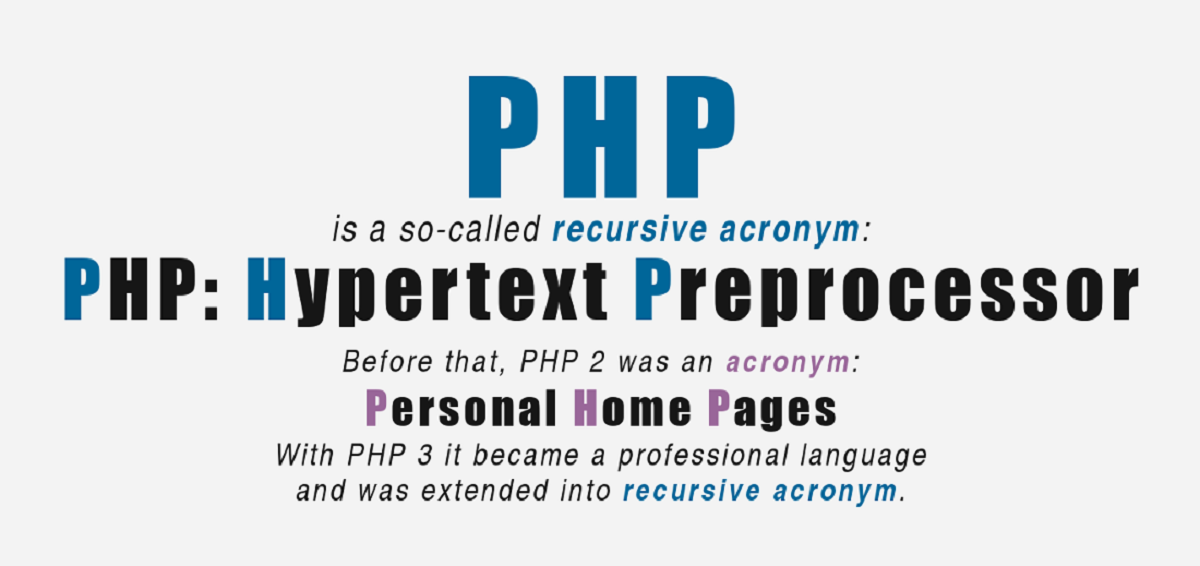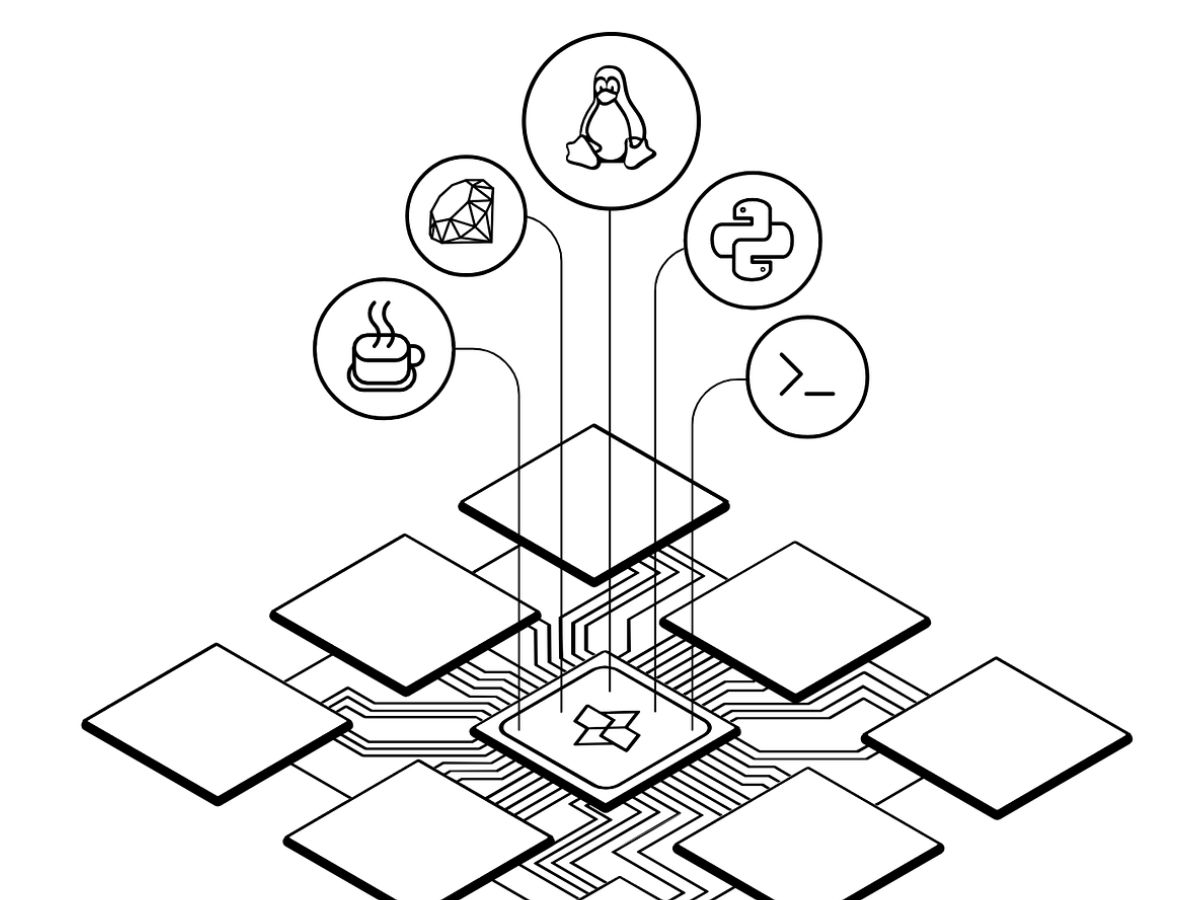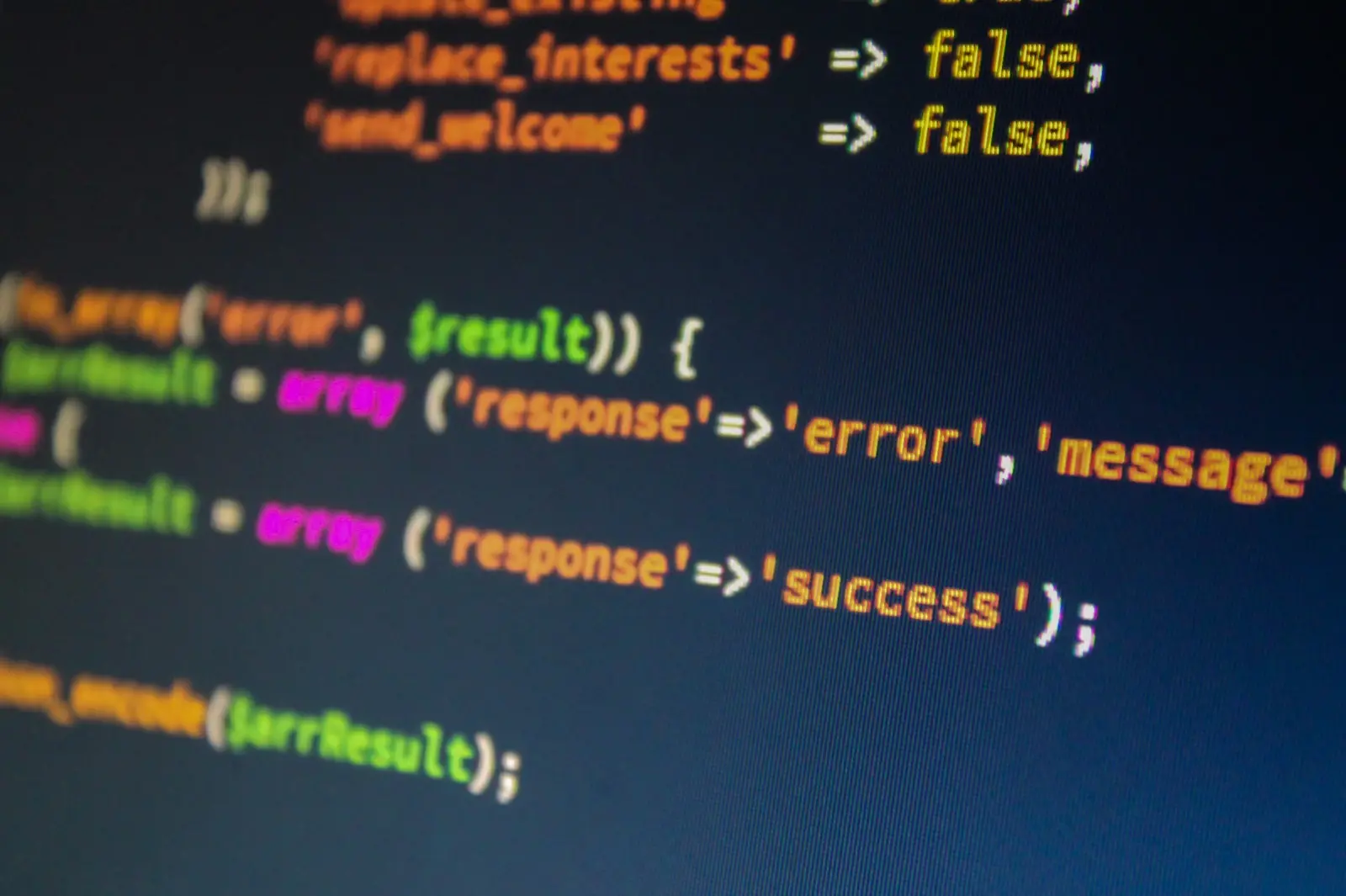Introduction
When it comes to web development, choosing the right programming language is crucial. Two popular options that often come up in this debate are Python and PHP. Each language has its own merits and drawbacks, making the decision a bit challenging. Understanding the strengths and weaknesses of Python and PHP is essential to determine which one will better suit your web development needs.
Python is a versatile, high-level programming language known for its simplicity and readability. It is widely used in various domains, including web development. On the other hand, PHP, a server-side scripting language, was specifically designed for web development. Both Python and PHP have a significant user base and thriving communities that contribute to their development and support.
In this article, we will explore the differences between Python and PHP across various aspects such as ease of learning, performance, scalability, syntax, frameworks and libraries, community support, and job market. By the end, you will have a better understanding of which language might be better suited for your web development projects.
Ease of Learning
When evaluating a programming language for web development, ease of learning is a crucial factor to consider. Beginner-friendly languages can significantly reduce the learning curve and enable developers to quickly grasp the fundamentals. Both Python and PHP have their own advantages in terms of ease of learning.
Python, known for its simplicity and readability, has a clean and straightforward syntax that makes it easy to understand and write code. The language emphasizes code readability by using indentation and a minimalistic approach. Python’s syntax closely resembles English, making it more intuitive for beginners to pick up.
PHP, specifically designed for web development, is known for its ease of use and quick setup. It has a familiar syntax that resembles C and JavaScript, making it easier for developers who have experience in these languages to get up to speed. PHP also offers a vast amount of documentation and tutorials, making it easier for beginners to find resources and learn the language.
In terms of learning resources, both Python and PHP have rich documentation and online communities that provide support and guidance. Python’s extensive documentation, along with its vast library of modules, makes it a popular choice for developers seeking easily accessible learning resources.
Overall, Python might have a slight edge in terms of ease of learning due to its clean syntax and beginner-friendly approach. However, PHP’s focused purpose on web development and its abundance of learning resources make it a viable option for those primarily interested in building web applications.
Performance
Performance is a critical factor when it comes to web development, as it directly affects the speed and responsiveness of your applications. Both Python and PHP have their own strengths and considerations in terms of performance.
Python is an interpreted language, which means that code execution occurs in real-time. While this can lead to slightly slower performance compared to compiled languages, Python’s performance has improved significantly over the years. Python also has a rich set of libraries and frameworks, such as Django and Flask, which can help optimize performance and handle heavy workloads.
On the other hand, PHP is known for its efficient performance in web development. PHP’s built-in engine, Zend Engine, compiles PHP code to bytecode for faster execution. Additionally, PHP has options for opcode caching, such as APC or OpCache, which can further enhance performance by storing precompiled script bytecode in shared memory.
It’s worth noting that performance is not solely dependent on the programming language itself. Factors like the server infrastructure, database performance, and code optimization techniques also play a significant role. Both Python and PHP have ample resources and best practices available to optimize code for better performance.
In terms of performance, PHP’s streamlined focus on web development and its efficient compilation process give it an advantage. However, Python’s vast ecosystem of libraries and frameworks provides developers with the tools to optimize performance and handle complex tasks effectively.
Scalability
Scalability is a crucial consideration when it comes to web development, especially if you anticipate your applications to handle a growing user base or increased data load. Both Python and PHP offer scalability options, but they have different approaches and considerations.
Python, with its versatility and wide range of libraries and frameworks, provides developers with various scalability options. Python’s asynchronous programming libraries, such as asyncio or Tornado, enable developers to build highly scalable applications that can handle a large number of concurrent requests. Additionally, Python’s integration with cloud platforms, such as AWS or Google Cloud, allows for easy scaling of applications as needed.
PHP, on the other hand, has a different approach to scalability. PHP’s focus on web development lends itself well to building scalable web applications. PHP frameworks like Laravel or Symfony provide developers with tools and features to develop scalable applications using a modular and component-based approach. PHP also has support for load balancing and distributed caching mechanisms, which help in scaling applications horizontally.
While both Python and PHP provide scalability options, it’s important to consider the specific requirements of your web development project. Python’s flexibility and libraries make it well-suited for building scalable applications, especially ones that require asynchronous processing. In contrast, PHP’s dedicated focus on web development and frameworks provide a reliable foundation for building scalable web applications.
Syntax
Syntax plays a significant role in the readability and maintainability of code. Both Python and PHP have their own syntax styles, and understanding their differences can help determine which language aligns better with your programming preferences.
Python’s syntax is known for its simplicity and readability. It utilizes whitespace indentation to define code blocks, which enhances code readability and reduces the need for excessive punctuation. This clean and elegant syntax makes Python code easier to understand and maintain, especially for beginners or developers who prioritize code clarity.
In contrast, PHP’s syntax is more similar to traditional programming languages like C and JavaScript. It uses curly braces ({}) to define code blocks and includes semicolons (;) to separate statements. While this style might be more familiar for developers experienced in other languages, it can sometimes lead to more verbose code and potential readability issues.
Both Python and PHP have extensive libraries and frameworks available, which allow developers to write concise and organized code. Python’s standard library is renowned for its robustness and covers a wide range of functionalities. It promotes the use of clean and expressive code and encourages the use of idiomatic Python practices.
On the other hand, PHP has a vast ecosystem of libraries and frameworks, such as Laravel and Symphony, which provide structured approaches and reusable components. PHP’s syntax is well-suited for web development, and its familiarity with other popular languages can make it easier for developers to transition or work with existing codebases.
Ultimately, the choice between Python and PHP syntax comes down to personal preference and project requirements. Python’s simplicity and readability make it an excellent choice for those valuing clean code, while PHP’s more traditional syntax may appeal to those with experience in other languages and a focus on web development.
Frameworks and Libraries
Frameworks and libraries are essential components of web development as they provide developers with pre-built tools and functionalities to streamline the development process. Both Python and PHP have rich ecosystems of frameworks and libraries that offer different advantages and cater to different development needs.
Python boasts a wide range of frameworks, including Django, Flask, and Pyramid. Django, a high-level web framework, is known for its robustness and scalability. It follows the Model-View-Controller (MVC) architecture pattern and includes an Object-Relational Mapping (ORM) component for seamless database integration. Flask, on the other hand, is a lightweight and flexible micro-framework that prioritizes simplicity and extensibility. Pyramid serves as a middle ground between Django and Flask, offering a balance between functionality and flexibility.
In terms of libraries, Python’s standard library is comprehensive and covers a wide range of functionalities, including network programming, data manipulation, and web development. Additionally, the Python Package Index (PyPI) provides a vast repository of community-contributed libraries that extend Python’s functionality even further.
PHP also has a diverse range of frameworks, with Laravel and Symfony being popular choices. Laravel is a robust framework known for its developer-friendly syntax and extensive documentation. It focuses on simplicity, code elegance, and developer productivity. Symfony, on the other hand, is a high-performance framework that follows the MVC design pattern and offers a modular architecture.
PHP also offers a vast repository of libraries, such as Composer, which is a dependency management tool. Composer allows developers to easily add external libraries to their projects and manage dependencies efficiently.
In summary, both Python and PHP have a wide selection of frameworks and libraries that cater to different web development needs. Python’s frameworks emphasize scalability, simplicity, and flexibility, while PHP’s frameworks focus on productivity, performance, and modularity. The choice between Python and PHP will depend on the specific requirements of your project and your preferred development approach.
Community Support
Community support is a vital aspect when choosing a programming language for web development. It ensures access to resources, documentation, and assistance from experienced developers. Both Python and PHP have active and vibrant communities that provide extensive support to developers.
Python has a large and passionate community of developers. The Python community is known for its inclusiveness and willingness to help newcomers. Numerous online communities, forums, and chat platforms are dedicated to Python, facilitating discussions and providing assistance to developers of all skill levels. The Python Software Foundation (PSF) also actively supports and promotes the language’s growth through events, grants, and initiatives.
PHP, being one of the most widely used programming languages for web development, also has a robust and active community. The PHP community offers a plethora of resources, including forums, user groups, and conferences. Platforms like Stack Overflow and GitHub host a significant number of PHP-related discussions and code repositories, providing developers with valuable insights and solutions to common challenges.
Both Python and PHP have extensive documentation to support developers. Python’s official documentation is comprehensive and well-organized, covering various topics and modules. The PHP documentation, known as the PHP Manual, is comprehensive and provides detailed explanations and code examples.
Furthermore, both languages have package managers – pip for Python and Composer for PHP – which make it easy to install and manage third-party libraries and packages.
In terms of community support, both Python and PHP have thriving communities that offer extensive resources, timely assistance, and a wealth of knowledge. Developers can confidently embrace either language, knowing that they will have access to a supportive community.
Job Market
The job market is an important consideration when choosing a programming language for web development. It’s crucial to assess the demand for skills and the availability of job opportunities. Both Python and PHP have a significant presence in the job market, but they differ in terms of the types of positions available and the industries that utilize each language.
Python’s popularity has surged in recent years, making it one of the fastest-growing programming languages. Its versatility and wide range of applications have led to increased demand for Python developers in various industries, including web development, data science, machine learning, and automation. Python’s strong presence in fields such as data analysis and scientific computing has opened up numerous job opportunities for Python developers in these specialized domains.
On the other hand, PHP has long been a dominant player in web development. It continues to enjoy widespread usage and demand, particularly in the realm of web application development, content management systems, and e-commerce platforms. The vast majority of websites and online platforms still rely on PHP for their backend development. As a result, there is a consistent demand for PHP developers in industries such as e-commerce, digital agencies, and startups.
In terms of job roles, Python developers often find opportunities as web developers, data analysts, data engineers, and machine learning engineers. There has been a rise in demand for Python developers in industries like finance, healthcare, and technology. On the other hand, PHP developers commonly secure positions as web developers, backend developers, and CMS developers, focusing on building and maintaining PHP-based applications and websites.
Both Python and PHP offer job stability and ample career growth opportunities. However, it’s important to consider the specific job market trends and the industries you are interested in, as these factors can influence the availability and competitiveness of job opportunities for each language.
Conclusion
Choosing between Python and PHP for web development ultimately depends on your project requirements, personal preferences, and career aspirations. Let’s recap the key points we’ve covered in this article:
Python is a versatile and user-friendly language known for its simplicity and readability. It has a strong focus on clean code and is well-suited for a wide range of applications, including web development, data science, and machine learning. Python’s extensive libraries and frameworks, along with its supportive community, make it an excellent choice for developers seeking scalability and flexibility.
PHP, specifically designed for web development, excels in building dynamic web applications and CMS-driven websites. It offers a wealth of frameworks and libraries tailored to web development needs. PHP’s strong presence in the job market and its wide adoption in the web development industry make it a reliable choice for those focused primarily on building web applications.
Consider factors such as ease of learning, performance requirements, scalability needs, syntax preferences, and the availability of frameworks and libraries. Assessing community support and job market trends can also provide valuable insights into the long-term viability and career opportunities associated with each language.
Ultimately, the choice between Python and PHP boils down to your specific project needs and personal preferences. Both languages have thriving communities, extensive resources, and ample job opportunities. By carefully evaluating these factors and considering your goals and interests as a developer, you will be able to make an informed decision that aligns with your web development aspirations.







